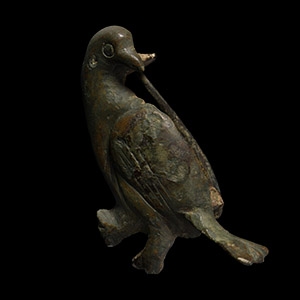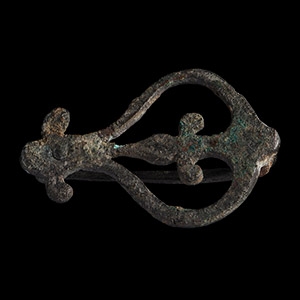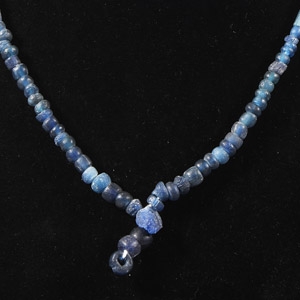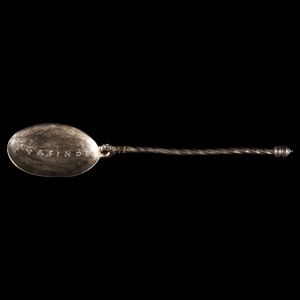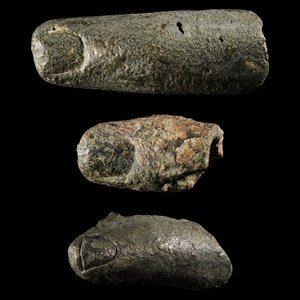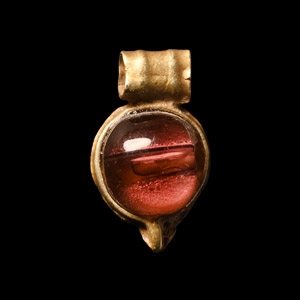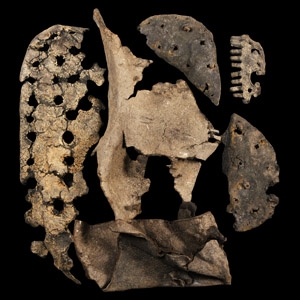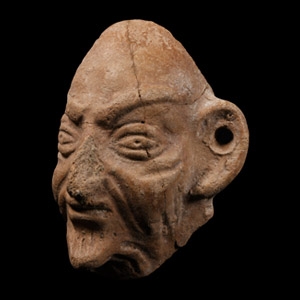Home > Auctions > 23 - 27 May 2023
Ancient Art, Antiquities, Natural History & Coins
Auction Highlights:
From the collection of an EU gentleman formed in the 1990s.
Acquired on the UK art market.
Cf. Heynowski, R., Bestimmungsbuch Archaeologie: Fibeln, Munich, 2012, item 3.22.2; Hattatt, R., Brooches of Antiquity, Oxford, 1987, item 1247.
Ex John Hayward collection, exhibited at Ipswich museum.
Acquired 1990s-early 2000s.
East Anglian private collection.
Acquired from York Antiques Centre.
Accompanied by a certificate of authenticity signed by Gary Edwards.
Ex W.J. collection, 1990s.
Ex Garcia collection, France, 1990s-2000s.
Cf. The British Museum, museum number 1994,0408.122, for this inscription on a similar spoon discovered as part of the Hoxne hoard.
According to the British Museum, the inscription corresponds to the phrase 'Vivas in deo', meaning 'May you live in God'. This inscription was common in the Roman Empire and especially in Roman Britain after the advent of Christianity. A small Roman silver disc, thought to have been part of a signet ring, dated to 4th-5th century and found near Swaffham, is inscribed 'Antonius, may you live in God (Antoni, vivas in Deo)'. It is highly possible that our spoon, if a liturgical object, was used to administer Holy Communion.
Acquired on the EU art market around 2000.
From the collection of a North American gentleman.
Acquired 1990s-early 2000s.
East Anglian private collection.
Cf. Traxler, S., Lang, F., Schlag, B., Die Rücckehr der Legion, Romisches Erbe in Oberössterreich, Linz, 2018, p.74, for similar.
These bars were one of the four supports of a folding table with a height-adjustable frame, often surmounted by busts of divinities. These folding supports for tables, bracers and cauldrons are known finds from important excavations in the Roman world, like Pompeii. The purpose of such folding stands varied; during a meal they were placed between the triclinium beds with bowls and plates hung to the hooks at the back of the holders.
Acquired 1970-2010.
Collection of a late Japanese gentleman.
Found Billingsgate spoil from the Thames foreshore, London, UK.
Acquired 1990s-early 2000s.
East Anglian private collection.
From the collection of a North American gentleman, formed in the 1990s.
See Tudor, D., Corpus Monumentorum Religionis Equitum Danuviorum (CMRED), II. The analysis and interpretation of the monuments, Leiden-Brill, 1976, for discussion and iconography.
The image of Sol Invictus assumed a great importance in the Danubian cult: the frequent representation of the celestial gods on the plaques is paralleled by their representation on monuments of other mystery cults, particularly the cult of Mithras. The image of a Dioscuros on horseback is linked to that of the Danubian rider.
457 - 468 of 2508 LOTS

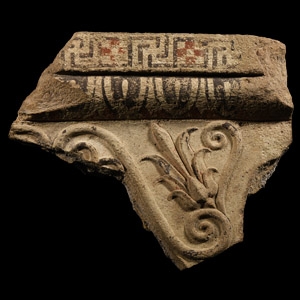
.jpg)


.jpg)
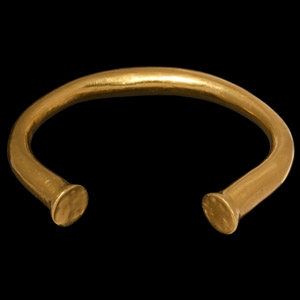
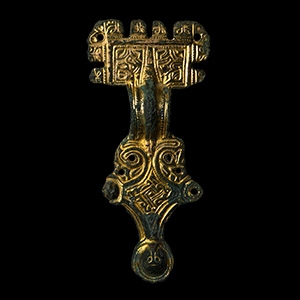

.jpg)
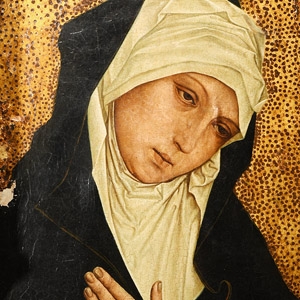

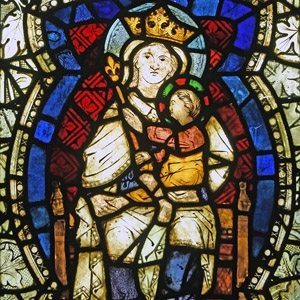
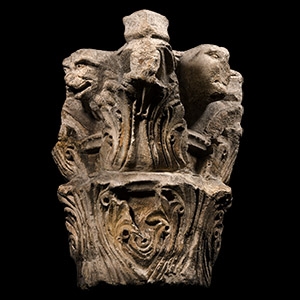
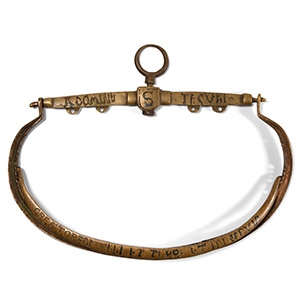
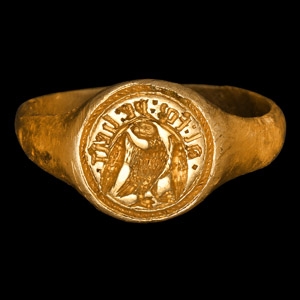
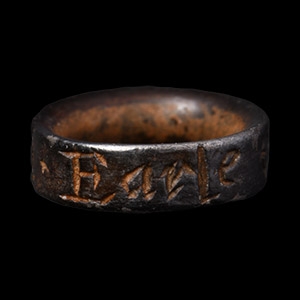
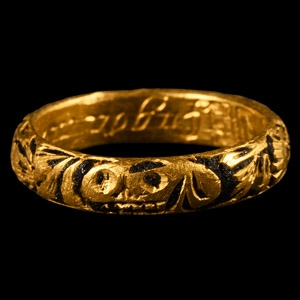
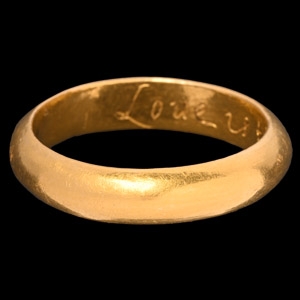
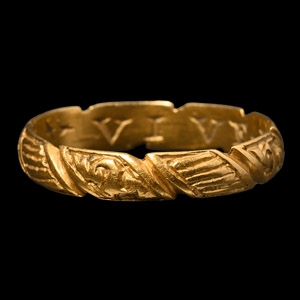
![English Milled Coins - George VI - 1937 - Cased RM Proof Coronation Gold Set [4] English Milled Coins - George VI - 1937 - Cased RM Proof Coronation Gold Set [4]](https://timelineauctions.com/upload/images/items/small/203351-s(2).jpg)

